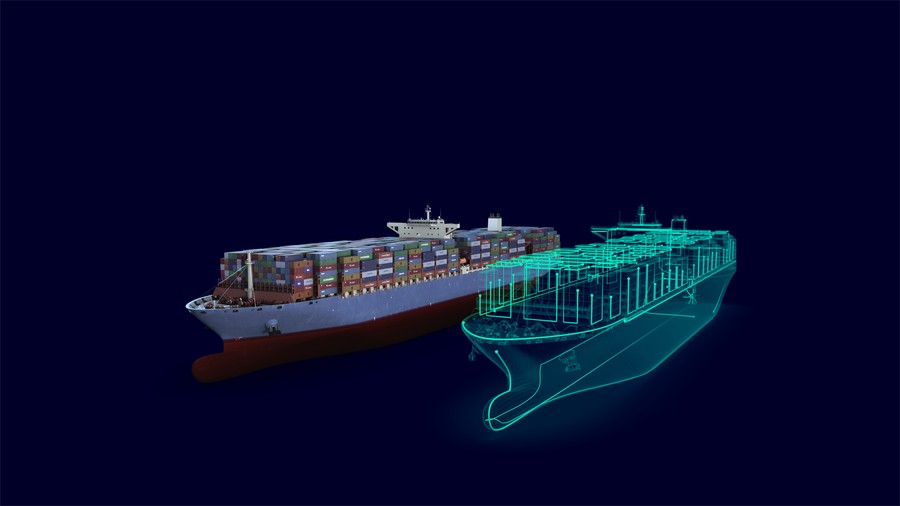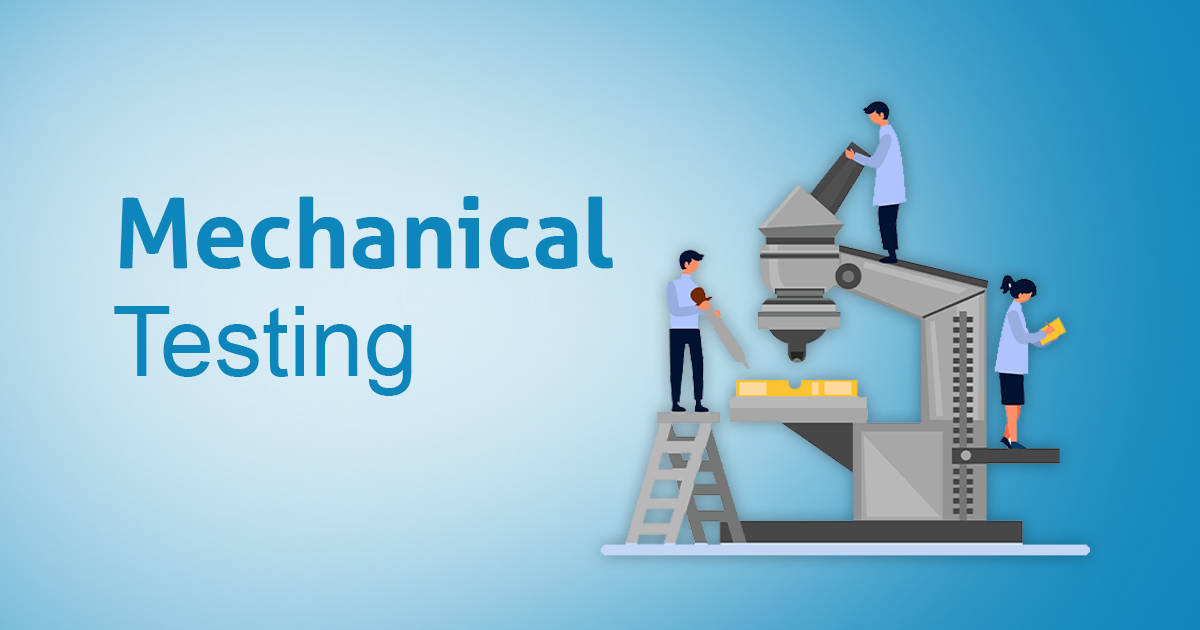Lorawan Technology : Summary
Lorawan (r) is a network-based, secure wireless technology for low-power IoT networks. It connects devices to the Internet and manages communication between end nodes, devices and network gateways. Lorawan offers long-distance wireless connections to low-power IoT terminals operating on unlicensed frequencies.
Lorawan has a large ecosystem of device manufacturers, gateway manufacturers, antenna manufacturers, network service providers and application developers. Lorawan is a private virtual network that connects various endpoints of different applications (IoT, M2M, smart cities, sensor networks, industrial automation) to a single data environment.
The growing ecosystem of Lorawan technology providers, network operators, system integrators, IoT devices manufacturers, gateways, end nodes and sensors will further drive the acceptance of the global market. Key players in the market offer solutions that use Lorawan standards for public and private network providers, equipment manufacturers and solution providers. Factors driving the growth of the market are the growing demand for low power, broad area networks for IoT devices or IoT solutions, and smart cities as well as the growing adoption of Lorawan in various industries and vertical areas such as utilities, manufacturing, healthcare and logistics.
Thanks to special modulation function technology, it can achieve a high range and low power consumption for wireless communications even under unfavourable conditions such as reinforced concrete buildings, underground car parks and basements where electricity is supplied. Lorawan’s simplicity and ability to support cost-effective and energy-saving end-to-end devices with a bi-directional communication range make it well suited for use in a variety of fixed, mobile and Internet of Things applications.
Before describing the applications of this field, it is important to know the background of Lorraine technology. LORA is the basis of the technology in case it involves network operation. The Lora protocol can be customized to create an extended network called Lorawan.
A Lorawan network includes a network of end nodes, gateway, a network server, and application server connected to up to 5 end nodes and actuators from various sensors and actuators. The network is a star-to-star topology consisting of one or more gateways, terminals and Lorawan network servers. A typical Lorraine network single-hop star topology consists of terminal devices that transmit data to the gateways.
It is easy to use both public/private Lorawan networks with the same hardware (gateway, terminal equipment, antennas, software, UDP packet forwarding, base station software) and Lorawan stacks of terminal equipment. One of its main competitors, SIGfox, chose to work with network operators to keep the bulk of Lorawans technology and endpoints in public networks, while LORA Alliance enables the use of private networks as needed for IoT applications.
Lora can be used for industrial private networking applications but has some limitations. It is fine if you want to build a public network that is owned and operated by an operator. It works well for some applications, but it does not work well for customers using so-called private network solutions.
There are open-source protocols like LORA that may be more suitable for your use case. The difference between Lora and Lorawan is that Lora is a radio modulation technology used in LPWA networks.LORA is a term that refers to a system that supports radio modulation techniques, a method of manipulating radio waves to encrypt information using chirping or chirping spread spectrum technology in a multi-symbol format for communication networks and IoT applications. This is a low-level physical layer technology that can be used in all kinds of applications over a wide range. LORA points to a multipoint network protocol using the Semtech Lora modulation scheme.
LORAWAN is a data connectivity protocol developed in 2015 by the LORA Alliance to provide low-power connectivity IoT solutions for battery-powered devices. As mentioned in the introduction of Lorawan and Lora, LPWAN technology is low bandwidth, low range IoT solution. This is a low-power network protocol based on LORA’s radio modulation techniques.
LORA is a radio communication technology developed by a start-up in Grenoble and purchased by a US company called Semtech in 2012. For long-distance and long-range networks, the Lorawan network is one of the best-studied and implemented LPWAN technology facilities for building private networks with open standards. For greater coverage, LORA can develop private networks in unlicensed frequency bands 868 MHz in Europe and 915 MHz in the USA and Brazil.
Here we meet LORA (Lorawan) in the category of the wireless wide area network technologies that cover large ranges and require very little power and low bandwidth, also known as LPWA networks or LPWAN (Low Power Wide Area Network). The properties of the physical layer of Loras and the simplicity of Lorawan make it possible to achieve very low operational costs on terminal transceivers, and silicon modules from an increasing number of vendors are available. Lora belongs to a category of non-cellular LPwan (Wireless Communications Network Protocol) operators operating on unlicensed frequencies, others such as SIGfox, Ingenu and some others operating privately.
Lorawan (TM) can be used as an unlicensed ISM in industrial, scientific and medical radio bands for cost-effective networking. Lorawan can also be used in unlicensed IMS, industrial and scientific/medical radio bands for network building.
The network servers, application servers and join servers provide the central network functionality for Lorawan deployments. The network servers implement the Lorawan Linked Network Layer Protocol that includes the deduplication of Uplink messages from terminal devices received from more than one gateway and enables gateway nodes to easily translate air packets into IP-based messages.














